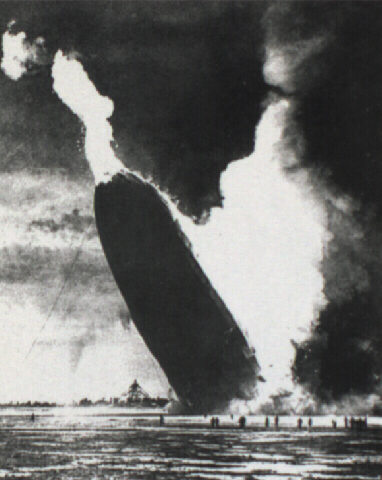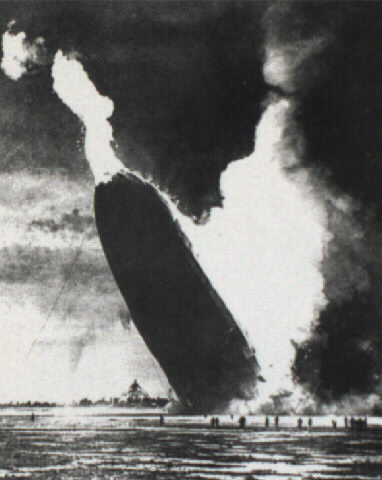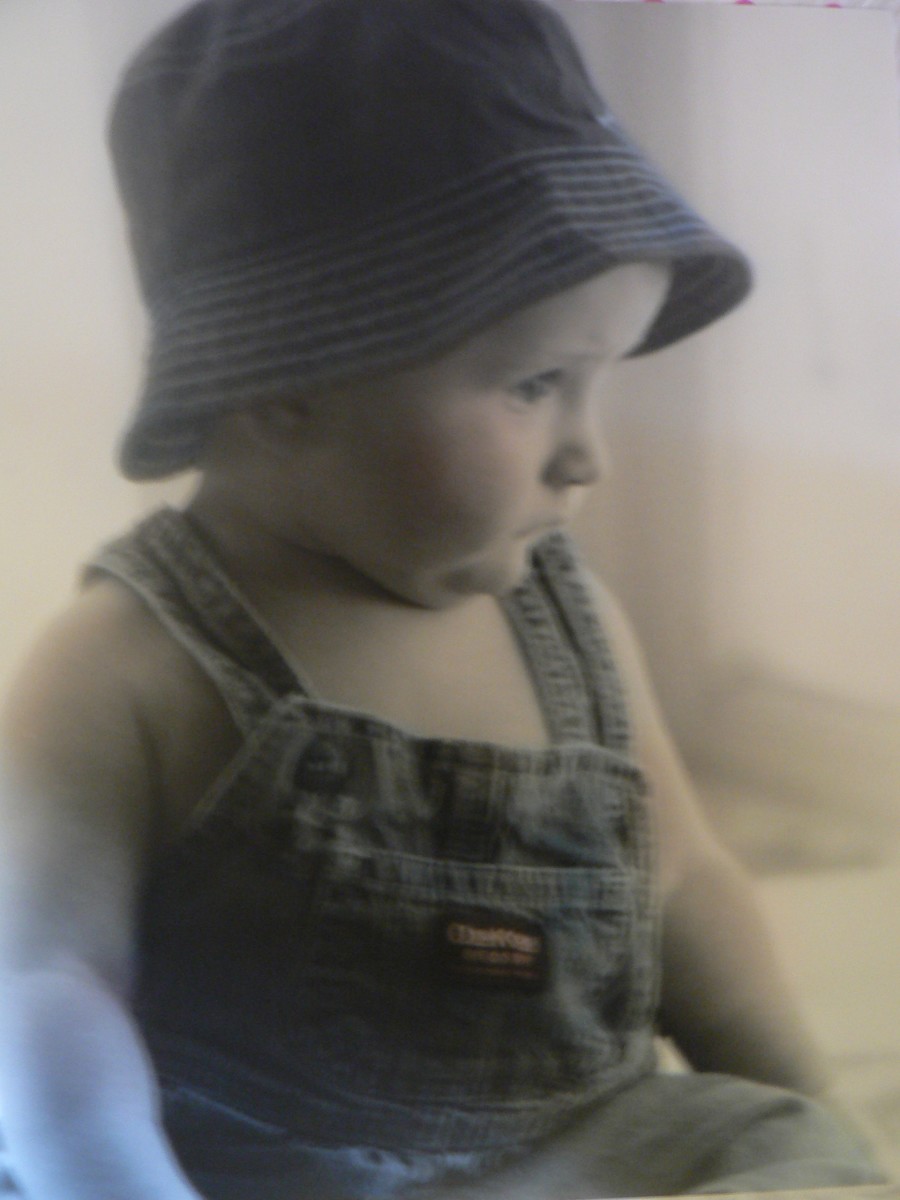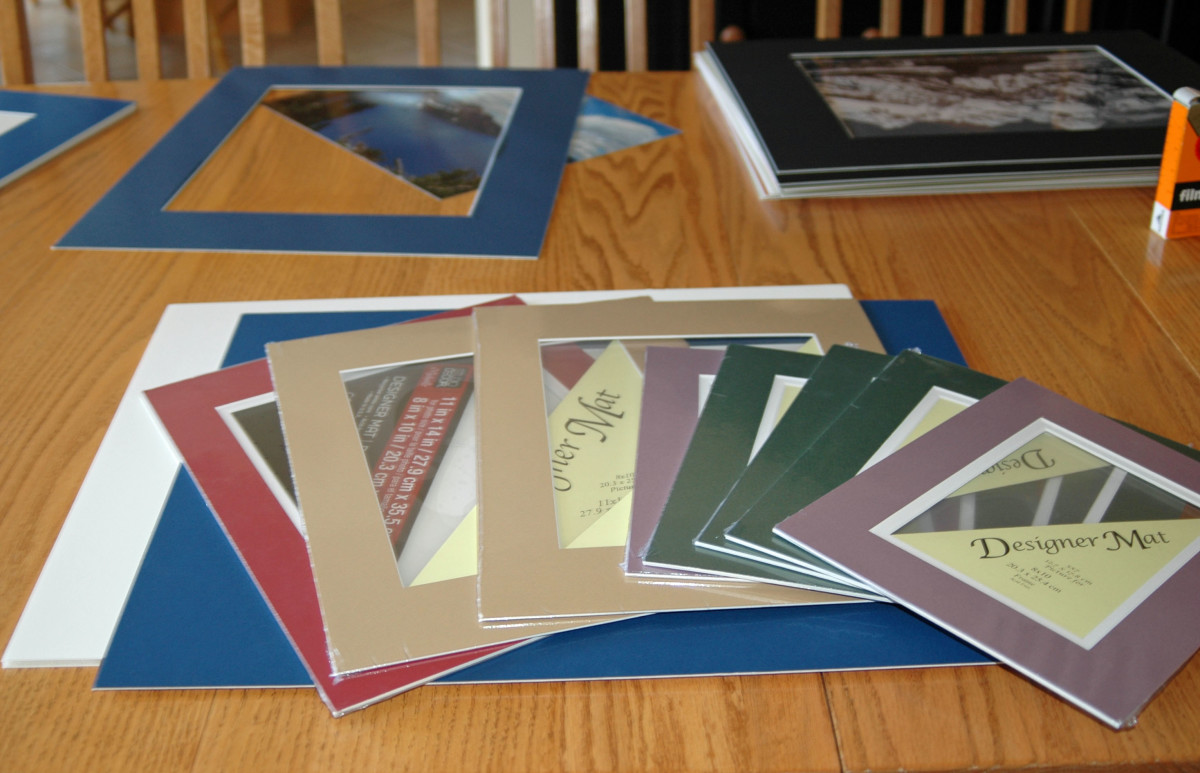Photo Analysis: The Hindenburg Tragedy

Shortcuts for personal gain can have devastating consequences
The photo is of the horrific incident known as the Hindenburg disaster and it is taken by Murray Becker. Becker was a staff photographer for The New York American and The Albany Times-Union then he joined the Associated Press giving him great credibility as a photographer. The Hindenburg disaster occurred at Lakehurst, New Jersey on May 6, 1937 and with it came an end to the era of airship travel. The ship was supposed to be filled with helium but in order to save money it was filled with hydrogen instead. The ship was preparing to land in Lakehurst when crewmen reported they noticed a gas leak which mixed with the engine’s flames creating an enormous fire engulfing the entire tail of the Hindenburg. The fire mixed with the hydrogen gas, engulfing the Hindenburg in flame, in a matter of seconds. Luckily, the hull was made of a weak fabric so some passengers were able to rip through it and escape. In total, 36 people were killed as a result of this incident: 13 passengers, 22 crewmen, and one civilian trying to help. 36 innocent people were killed because some crewmen decided to take a shortcut for their own personal monetary gains by filling the Hindenburg with hydrogen instead of helium. The composition of the picture, the nightmarish quality of the photo, and the use of black and white colour greatly enhance the message that taking shortcuts for personal gain can have devastating consequences.
To begin, the composition of the photo is effectively used to show how devastating consequences can be when one takes shortcuts for personal gain. The way the picture is presented with this enormous flaming zeppelin taking up most of the photo draws the viewer’s eye to the destruction and horror that was caused by this. The picture was taken from a large distance away in order to capture the whole incident but the viewer can still see the tiny, little specks of people standing around the fire. The inclusion of these minuscule people compared to the enormity of the Hindenburg creates a juxtaposition that greatly emphasizes the enormity of the devastation and destruction caused. To summarize, the composition of the photo is effectively used to emphasize the devastating consequences that taking shortcuts for personal gain can have by creating a powerful juxtaposition through showing the total annihilation of the Hindenburg while still showing the tiny insignificant people.
Secondly, the nightmarish quality of the photo demonstrates the devastation caused by taking shortcuts for personal gain. To begin, this picture feels almost surreal, like it couldn’t possibly happen in real life but that dream-like feel is replaced by a nightmare and it is horrifying just to like at, let alone imagine what was going through the spectators and passengers of the crash. The overwhelming darkness in this picture also gives it that nightmarish essence and evokes fear in the viewer as well as pathos for those experiencing this terrible disaster. Furthermore, the thin, nearly invisible landing rope attached to the ground hanging off the ship shows just shows how close these people were to safety and just seems like one of those nightmarish moments where one is so close to waking up but just can’t. This creates a great deal of pathos for the poor passengers who had almost awakened from their nightmare but were consumed by it before they could escape. To summarize, the nightmarish feel to the photo emphasizes the message that taking shortcuts for personal gain can have devastating consequences due to the dream-like state it invokes in the viewer.
Most significantly, the use of black and white colour in the photo is effectively used because it increases the strength and power of the picture. To begin, the photo is impressive because the intense contrast of black and white adds to the destruction and devastation caused by the accident. Having the glowing white fire in the gloomy, pitch-black darkness really emphasizes the effect it has on the viewer. It just wouldn’t be the same if it had been a grey blimp engulfed in orange flame on a blue sky backdrop because the use of only two colours, black and white, creates a powerful contrast and only strengthens the picture. The white fire and black darkness creates a juxtaposition and ironic feel because the colour white is supposed to represent good and life as opposed to black which represents death and evil but in this photo the white is a terrible fire ravaging through the darkness instead of a representation of all that is good and holy. The two are almost fighting as the white fire tries to overcome the black darkness and the black darkness tries to envelop the white fire. Sadly, this fight is one fought between two different evils and whether one prevails everyone loses in the end. This epic battle between the two evil colours accentuates the horror of this terrible incident as do the passenger-casualties of this war. In this photo there is black and white, but there is only evil and destruction. The good has been extinguished. Furthermore, the diminutive people on the ground being little black spots, barely noticeable to the naked eye fall into the darkness of the photo making them seem insignificant compared to the enormity of this treacherous incident. The enormous unending darkness with these tiny little specks of people really demonstrates the immensity of this horrible but avoidable accident that was caused by one man’s wanting of money and achieving it by dooming many others. To summarize, the use of black and white colour in the photo enhance the message that taking shortcuts for personal gain can lead to devastating consequences by creating an intense juxtaposition between the white and black and showing the evil in the photo.
To conclude, the Hindenburg crashed in New Jersey, so close to landing safely, killing 36 innocent people and with it came the end to the era of airships. Murray Becker, a staff photographer for the Associated Press, took this photo of the horrific Hindenburg disaster to get across the message that taking shortcuts for personal gain can have devastating consequences. This is best demonstrated by his composition of the photo, nightmarish feel to the picture, and the use of black and white colour.









